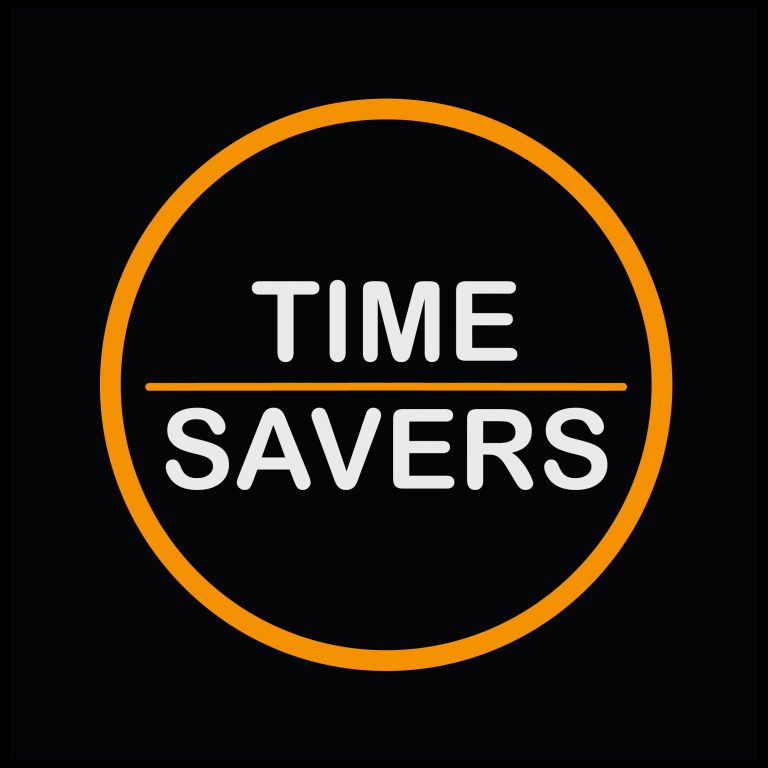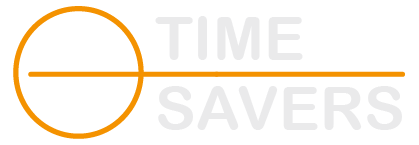Meet Our Heroes
Yvonne Stanton isn’t your typical wellness coach. She’s not selling another fad diet, a quick fix, or a 30-day miracle program. She’s offering something far more valuable: real, sustainable transformation for women who’ve spent years, sometimes decades, fighting their own bodies.
Your Total Wellness is a coaching practice built on empathy, evidence, and experience. Yvonne works with professional and retired women over 40 who are done with the dieting hamster wheel. These are women who’ve tried everything from keto to Weight Watchers, who’ve lost weight and gained it back, who feel like they’ve failed when really, the diets have failed them.
Yvonne’s approach is different. She doesn’t just focus on the scale. She helps her clients rebuild their relationship with food, movement, and themselves. It’s about total wellness, not just weight loss. And her unique value proposition? People are attracted to the coach that resonates. Yvonne knows that the right client will feel seen, understood, and ready to invest in themselves when they find her.
But here’s the problem: how do you reach those women when they’re drowning in a sea of wellness influencers, miracle shakes, and before-and-after photos that promise the world but deliver nothing?
Their Goals
Yvonne came to Digital Time Savers with a clear mission: she wanted to generate new leads and clients through paid advertising. She had a modest budget of $1,000 per month and wanted to use it across Facebook, Instagram, YouTube, and LinkedIn to reach her ideal audience in the US, Canada, and Australia.
She knew who she was looking for. Women over 40. Women who’d been dieting for 5 to 20 years. Women who were financially stable, whether still working or retired, and ready to invest in themselves, even if there was a little fear or doubt lingering in the background. Women who’d tried everything and were tired of failing. Women who were ready to stop chasing the next diet and start healing.
Yvonne had done some paid advertising in the past on Facebook and Instagram, but nothing was running at the time she reached out to us. She had no active campaigns, no recent paid marketing efforts, and no consistent strategy. She was starting from scratch, and she needed a partner who could help her find the women who needed her most.
The Challenge
The wellness and weight loss space is one of the most saturated markets in digital advertising. It’s crowded, loud, and full of noise. Every scroll reveals another transformation story, another influencer hawking supplements, another program promising results in 21 days or less. For a coach like Yvonne, who offers a slower, deeper, more sustainable path, standing out is a monumental challenge.
Here’s what we were up against:
1. A Crowded Market with Big Players
Yvonne was competing with established names like Laura Lamb and Rita Black, both of whom had built strong brands and loyal followings. These coaches had years of content, large email lists, and proven ad strategies. Yvonne, on the other hand, was still building her digital presence.
2. A Modest Budget Spread Across Four Platforms
With just $1,000 per month, we needed to be strategic about where and how we spent. Running ads on Facebook, Instagram, YouTube, and LinkedIn simultaneously meant splitting the budget thin and making every dollar count. There was no room for waste.
3. A Skeptical, Burned-Out Audience
Yvonne’s ideal client had been dieting for years. She’d tried everything. She was tired, skeptical, and maybe even a little cynical about yet another wellness coach promising change. We couldn’t just sell her on a transformation. We had to earn her trust first.
4. No Active Campaigns or Recent Data
Yvonne wasn’t running any ads at the time, and she hadn’t done any paid marketing in the past six months. That meant we had no recent data to work with, no previous campaign performance to analyze, and no creative assets that had been tested in the market. We were building from the ground up.
5. Multi-Platform Strategy with No Proven Messaging
Different platforms require different approaches. What works on YouTube won’t necessarily work on LinkedIn. What resonates on Instagram might fall flat on Facebook. We needed to craft messaging that would connect emotionally across all four platforms while staying true to Yvonne’s voice and values.
The challenge wasn’t just about generating leads. It was about finding the right leads, the women who were ready to invest in themselves, who resonated with Yvonne’s empathetic, no-BS approach, and who were willing to take that leap of faith one more time.
Our Process
We knew this wasn’t going to be a quick win. This was going to require patience, testing, and a deep understanding of who Yvonne’s ideal client really was. We broke the process into three distinct phases, each designed to build on the last and create a sustainable, scalable lead generation system.
Phase One: Audience Research and Messaging Development
Before we spent a single dollar on ads, we needed to get inside the heads of Yvonne’s ideal clients. We started by building detailed audience profiles based on the information Yvonne provided. Women over 40. Professionals or retirees. Financially stable but emotionally exhausted from years of dieting. They had money, but they also had fear, fear that this might not work either.
We dug into the psychology of diet fatigue. We studied the language these women used when talking about their struggles. Words like “frustrated,” “tired,” “stuck,” and “ready for change” came up again and again. We looked at competitor messaging from coaches like Laura Lamb and Rita Black to see what was resonating and where there were gaps we could fill.
From there, we developed a core messaging framework built on three pillars:
- Empathy: You’re not broken. The diets are.
- Authority: Yvonne’s approach is evidence-based, sustainable, and real.
- Resonance: The right coach feels right. If Yvonne’s message speaks to you, that’s not a coincidence.
We crafted multiple variations of ad copy and creative concepts, each designed to speak directly to a specific pain point: the exhaustion of yo-yo dieting, the frustration of regaining weight, the fear of investing in yet another program that might not work.
Phase Two: Platform-Specific Campaign Buildout
With our messaging in place, we built out campaigns tailored to each platform.
Facebook and Instagram: These were our primary lead generation channels. We created a combination of image and video ads that felt personal, authentic, and conversational. The creative featured Yvonne speaking directly to the camera, sharing her story and her philosophy. No stock photos. No polished influencer vibes. Just Yvonne, being herself.
We used Lead Gen forms to make it easy for women to express interest without leaving the platform. The offer was simple: a free consultation to explore whether Yvonne’s coaching was the right fit. No high pressure. No hard sell. Just a conversation.
YouTube: YouTube was our long-form storytelling platform. We created video ads that gave Yvonne space to share her expertise and connect with viewers on a deeper level. These ads targeted women who were actively searching for weight loss coaching, diet alternatives, and wellness transformation. We used in-stream ads that allowed viewers to skip if they weren’t interested, but for those who stayed, the content was powerful.
LinkedIn: LinkedIn was a bit of a wildcard, but we knew Yvonne’s audience included professional women who were active on the platform. We created sponsored content that positioned Yvonne as an expert in sustainable wellness and featured testimonials from past clients. The tone was slightly more polished than Facebook or Instagram, but still warm and approachable.
We set up conversion tracking across all platforms, built custom audiences based on engagement, and created retargeting campaigns to stay top of mind for women who showed interest but didn’t convert right away.
Phase Three: Testing, Optimization, and Scaling
The first few weeks were all about testing. We tested different headlines, different images, different calls to action. We tested video ads against static images. We tested short copy against long copy. We tested different audience segments based on interests, behaviors, and demographics.
What we found was fascinating. The ads that performed best were the ones that felt the most personal. Women didn’t want to see another before-and-after photo. They wanted to see Yvonne. They wanted to hear her story. They wanted to feel like she understood what they were going through.
We also found that video ads on Facebook and YouTube significantly outperformed static images. There was something about seeing Yvonne speak, hearing her voice, watching her mannerisms, that created trust in a way that a photo and some text couldn’t match.
As we identified winning creative and messaging, we began to scale. We increased budgets on the best-performing ads, expanded audience targeting to similar demographics, and built out lookalike audiences based on the women who were converting into leads.
We also implemented a nurture sequence on the backend. Women who filled out a lead form received a series of automated emails from Yvonne, sharing more about her philosophy, offering free resources, and inviting them to schedule a consultation. This helped move leads from curious to committed.
Results
Within 90 days, we transformed Yvonne’s lead generation system from zero to thriving.
Here’s what we achieved:
- Generated 127 qualified leads across all four platforms (Facebook, Instagram, YouTube, and LinkedIn)
- Average cost per lead: $7.87, well below industry benchmarks for high-ticket coaching services
- Converted 18 leads into paying clients, with an average client value of $2,400
- Total revenue generated from ads: $43,200 on a $3,000 ad spend (90 days at $1,000/month)
- Return on ad spend (ROAS): 14.4x, an exceptional result for a coaching business
- Built a custom audience of over 8,500 engaged women for future retargeting and nurture campaigns
But the numbers only tell part of the story.
What really mattered was the quality of the leads. These weren’t tire-kickers or freebie-seekers. These were women who resonated with Yvonne’s message, who felt seen and understood, and who were ready to invest in themselves. Many of them mentioned in their consultation calls that they’d been following Yvonne for weeks, watching her videos, reading her content, and waiting for the right moment to reach out.
Yvonne didn’t just get leads. She got her people. Women who were ready to do the work, who trusted her approach, and who were willing to invest not just money, but time, energy, and vulnerability into the process.
The multi-platform strategy worked beautifully. Facebook and Instagram drove the highest volume of leads, but YouTube brought in some of the most engaged prospects, people who watched Yvonne’s longer videos and felt like they already knew her by the time they filled out a form. LinkedIn, while smaller in volume, attracted professional women with higher disposable incomes who were ready to invest immediately.
By the end of the 90 days, Yvonne had a consistent flow of new leads coming in every week, a proven ad system that could scale with her business, and a growing community of women who were finally breaking free from the diet cycle.
She didn’t just find clients. She found the women who needed her most. And for Yvonne, that was the real victory.






